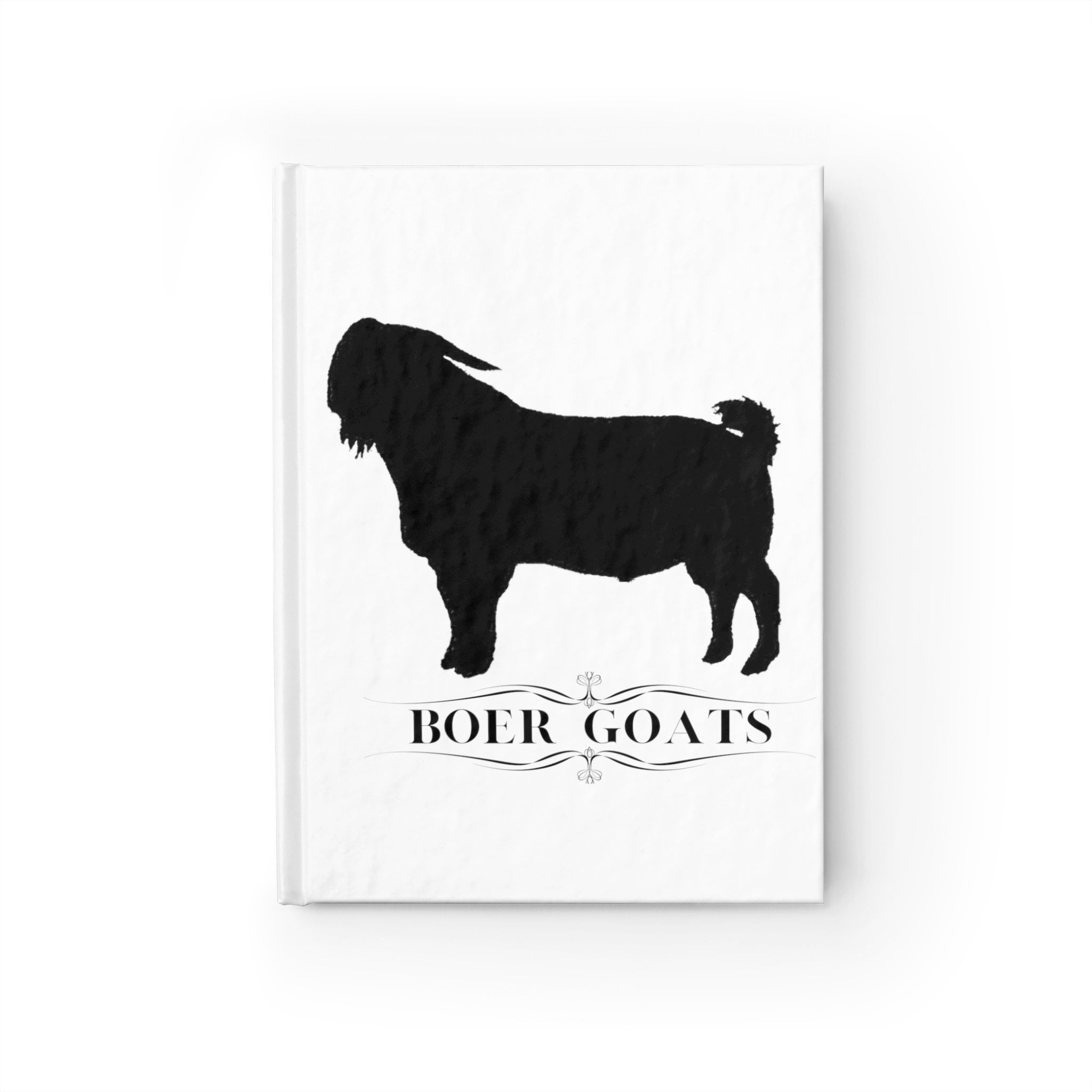Getting Started with Fencing and Housing for Meat Goats
Having ‘facilities’ means having an appropriate place to put your goats once you get them home. So many times we buy our animals without really giving enough thought to what we are going to do with them when they get off the truck. Goats, however, are not the type of animal that will stay where you put them without some planning on your part.
Beginning facilities for a goat ranch must include good fencing, some reasonable housing, waterers, feeders, a place to store feeds, and possibly, a guard animal. I know this sounds like a lot, but it really isn’t as bad as it sounds, and will be a lot easier if you plan to take care of it before the goats get home to help.
Fencing for Goats
Fencing is an unwelcome expense that every goat raiser must bear. Like so many others, I was unwilling to spend much money on fencing when we started raising goats. We put up 33 foot X 100 foot pens out of four foot welded wire on steel posts that were about 12 foot apart. It lasted one year. The strands of the welded wire would not hold up to the goats because they rubbed on it and stood on it to look over. The strands literally broke apart, causing a strangulation hazard. We started again, this time learning to do it right.
Any breeder of dairy or pygmy goats can tell you horror stories about trying to keep their animals in fences. I have never had trouble with goats jumping my fences, because I have always raised meat goats, and meat goats are generally a calmer crowd. Meat goats are also heavier than most other types of goat, so they don’t leap through the air as gracefully, or at all. I have heard that if you are going to use Spanish goats for your cross breeds, you need very high fences - they seem to be part antelope.
However, I am well aware that the minute I tell you that meat goats don’t jump, you are going to build 3 foot fences and go buy an entire herd of high vaulters. So I am not going to do that. Goats will be goats. The only difference with meat animals is that some will jump less than others, instead of all jumping higher than the last. Four foot fences have worked for me. These do need to be of a dense structure, because all goats will go through a fence if the opportunity arises.
To make a good fence, you need four or five foot woven wire, not welded. The type that has 2 inch by 4 inch spaces between the strands, rather than 4 inch by 6 inch spaces, is better. The reason for the smaller holes is simply that most meat goats have horns, and they cannot get their head into a 2” by 4” hole to get their horns stuck. The fence posts should be no farther apart than 8 feet. Your fence will last a lot longer if you carry a couple bags of quick set cement and some water out to the fence line, and cement in your 4 to 6 inch treated wooden (or pipe) corner posts. Many people install a strand of electric wire on the inside of their fences, at about shoulder height to a goat (about 24 inches off the ground), and again at the top of the fence, to keep the goats from rubbing or standing on the wire. Meat goats do better if they are not in small pens. As I said, we started with 33 by 100 foot pens, and put about 6 goats into a pen. This ratio works well if you are going to feed them a full ration. There is not enough space however, to allow for any grazing. Most people just automatically think of goats as living in pens, because that is usually the way dairy goat breeders keep goats. Let’s think about this a minute. Dairy goat breeders keep their goats in pens because they need to give them a more complete feed ration to keep them producing milk, and they need to milk them twice a day. Do you have land that could be grazed? Are you going to be milking? Could your goats live outside of pens? Then why are you going to build pens?
It took me years to learn that my goats were better off living out on our 20 acre pasture than in pens. Fencing is an issue, that’s true. However, 4 foot field fencing (woven wire with the 4 inch by 6 inch spaces between the strands) is very inexpensive, and goats will not put their heads through a pasture fence with the same stubborn redundancy that they will put their heads through the fence in a smaller pen. Housing and supplemental feeding have to be approached differently if the goats are going to live on the pasture, but the time to decide which way you want to fence is before you get started. I would recommend building at least a couple of pens, however. There is often someone that is sick, being bred, has new kids, or for some reason needs to be separate from the herd, so two or three pens will come in very handy.
If you have barbed wire around your pasture already, your best bet is to line it with four foot field fence or woven wire. Some people just add more strands of barbed wire, but the strands would have to be about 3 inches apart, and pretty tight, to dissuade a young goat. The goats that are the best escape artists are the young ones between three and eight months of age. As in all young things, these roughians seem to think they are indestructible and will tackle feats in the name of escape that would stump Houdini.
Many people have had very good luck with electric fences for their goats. To be effective, an electric fence needs to be at least four strands with the first strand about five inches from the ground, and quite hot. Once a goat has been shocked by a good electric fence, they are smart enough to stay clear. Even the young ones. But the minute the fence looses power, or shorts out, they can tell, and will go through it. I gave up using electric fences because the power where I live is too unstable. Of course, one solution to this problem would be solar powered fencers, if they are hot enough.
Another good option is the stiff panels that come in 12 to 16 foot lengths, and 3 to 5 foot heights. Again, the smaller the space between the strands, the better. However, even these will be bent in time if the posts are more than 8 foot apart, unless they are lined with electric fencing.
Fencing for Bucks
Keeping a big meat buck where he is supposed to be, during breeding season, can be a test of your creativity, as well as your engineering skills. A 250 pound buck can break a 2 by 6 piece of lumber without even exerting himself. The best fencing for bucks is a combination of several different fencing types, layered on top of each other.
Start your buck pen by building a solid base of either 2 inch pipe, or 2 by 6 lumber. Put 4 to 6 inch treated wooden posts (or 3 to 4 inch pipe) in the ground at a space of about 6 foot apart. Then add 2 by 6 wooden (or 2 inch pipe) cross bars starting 6 inches from the ground, then 18 inches, then 36 inches. Now cover this, on the buck’s side of the fence, with 4 or 5 foot high stiff panels, or woven wire. Then, on the inside of the woven wire, add a strand of electric fencing at about 18 to 24 inches from the ground, and another at the top of the fence.
I know this may seem like ‘over-kill’, especially when you bring home that cute little 80 pound buck kid. But when he is 3 years old, and decides to go get that cute little thing wagging her tail at him, you will be glad you started right, honest.
Picture 6: A 250 pound buck can break a 2 by 6 without even exerting himself.*
Building a Quarantine Pen
If you continue to raise goats, you will eventually want a quarantine pen. Whenever you bring new animals onto the ranch, no matter how reliable the source, they should be quarantined for at least 3 weeks. The same is true when you bring your own animals home from a goat show. I know it doesn’t seem like a big deal now, but the first time a new animal gives some nasty virus to your entire herd, you will be out building a quarantine pen.
This pen does not need to be large, although it does need to be escape proof. It should be at least 20 feet away from any of your other goats, in a spot where you are not going to need to house more goats later, and it should be downwind of the rest of your goats.
Housing
Goats need a place to get out of the wind and the wet. How extensive this housing has to be depends on the climate in your area, the number of goats who are going to be sleeping there, and how much time they are going to have to spend inside.
If you are going to raise all your goats totally indoors, with no, or limited, access to the outside, you need to allow each goat at least 20 square feet of space. There are many areas where goat raisers have to bring their animals in for the winter because of climates that are too wet or impossibly cold. People in these areas need to plan to build large enough barns that the goats can be penned indoors. How you structure this barn, is entirely up to you. You will need to plan it in such a way that there are separate spaces for goats, feed, equipment and walking Picture 7: . There are many areas where goat raisers have to bring their animals in for the winter because of climates that are too wet or impossibly cold. *
space. Another thing to consider, if you are building a barn, is installing a frostless faucet indoors. You will also want to put in conduit for electricity, and a telephone. People who don’t put a telephone in the barn always live to regret it, especially when there is an emergency and you can’t call the veterinarian from the barn.
Picture 8: . Structurally, the house can be anything that you like.* If you are going to have your goats in pens, they will spend more time in their houses than they would if they were in a pasture. Under these conditions, plan to give them each at least 16 square feet of space. The houses should be in one corner of the pen, with the door to the house facing in the opposite direction from the wind. This is very important. It is more important than facing South for the sun, or whether or not you can see the goats from your house. If the weather can blow into the goat house, it will become a mire of manure, mud, and goats. Structurally, the house can be anything that you like. It needs to be at least 4 foot tall, enclosed on at least three sides, tight enough to keep the rain out, and big enough for the number of goats who are going to be sharing it.
If you are going to have the goats out on the pasture, you will want the goat house to be up close to your end of the pasture. This way the goats will come home and be more protected at night. As far as space, they really don’t need very much, because they won’t spend that much time in it. Probably 12 square feet per goat would be plenty. I raise Boer goats, and find that many of them put on such a dense winter coat that they won’t even go into their houses unless the temperatures get below 0 degrees F, or extremely wet.
Goat houses can be made from almost anything. Those that are made from old pallets covered with plywood will only work if they are structurally very sound to begin with. The pallets will disintegrate over time, weakening the whole structure. Calf houses that are made for two or three calves work well. You just don’t use the removable side. I know a rancher who has had very good luck with old plastic fertilizer tanks. He just cuts a door in one side, reinforces the door with 2 by 4’s, and cuts out part of the floor so the house will drain. There are also companies that make some very nice portable huts that work well and look a little nicer, too.
Contrary to rumor, kid goats, even meat kids, will find a way to dance on your goat houses. When you are building, you should try to keep the houses at lease 4 feet away from all outside fences, just in case. You should also keep this in mind when positioning your wood pile, pallet storage, hay stack, etc.
One thing you might want to consider, is whether or not you can get into the house if there is an emergency. I once had a doe who kidded unexpectedly in one of our 4 foot tall goat houses. She had never kidded before, and was screaming and running around in circles dropping kids who were still in their sacks. When I rushed in to save the kids from suffocation, I had to dive under the 3 ½ foot high cross bar on the door, and threw out my knee. I got to the kids in time, but had to have help to get back out of that #@#@#!! house! I prefer 5 or 6 foot tall goat houses.
Excerpt from Raising Meat Goats for Profit by Gail Bowman. May NOT be reproduced in any form without written permission from the author.









